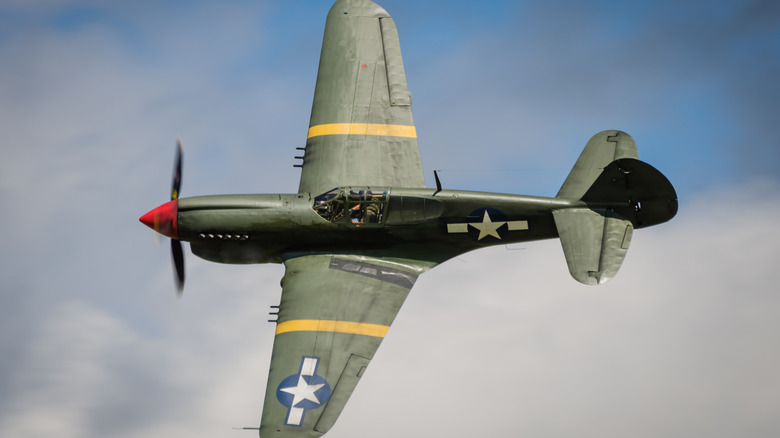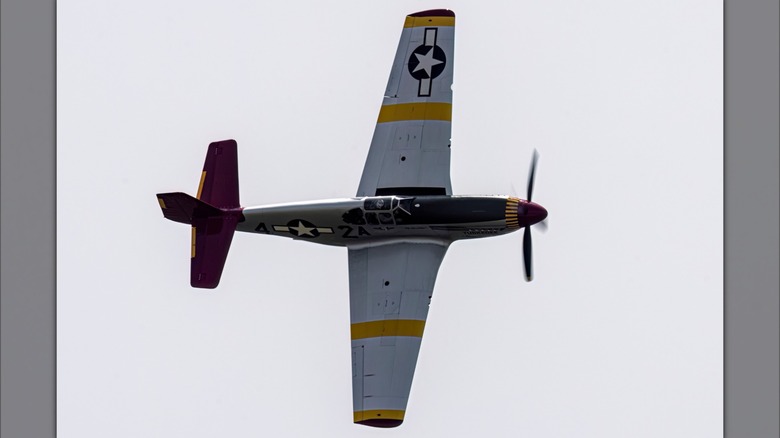Why Did US Warplanes Have Only One Roundel?
Roundels are circular emblems placed on the wings and fuselages of military planes that usually signify what country it's flying for. They were first used during World War I, when aerial dogfights involving many of the top fighter aircraft of the period took place in the skies.
In 1918, the U.S. Army Air Service began placing two of them on the top of the plane's wings and two on the bottom. The outermost circle was red, followed by a blue circle, with an inner white circle. Unfortunately, it looked very similar to those used by France and England, which used identical colors, but in different orders. And all of them looked very much like a bullseye. By World War II, most nations were applying a pair of more distinct roundels to both sides of the wing because aerial engagements had become more tactical and chaotic.
Dogfights are inherently more successful when pilots catch a target off guard. Today's high-tech aircraft have mostly made dogfights a thing of the past, but back then, pilots needed as much time as possible to manually line up the target correctly. But in February 1941, the U.S. Army Air Corps (which became the U.S. Army Air Forces in June) removed a single roundel from the top and bottom of their warplane's wings, making the markings appear lopsided. This strategic yet straightforward change wound up saving untold American lives. Before we tell that tale, though, we need some context to understand the history of roundels better.
Aircraft insignia acted as a bullseye of sorts
In the early 1900s, airplanes were still a very new technology. The Wright Brothers sold the world's first purpose-built biplane to the military in July 1909. In 1911, Italian pilots piloting a Blériot XI, the world's oldest plane still flying, spied on their enemy from above, then, for the first time in history, dropped bombs on them. Amidst the Mexican Revolution in 1913, two American mercenaries (who were actually friends) flying for opposite sides went head-to-head in the first "dogfight," which amounted to a pistol duel in the sky.
Planes were expensive and difficult to come by during WWI, and most pilots had minimal experience flying one, let alone dogfighting in them. Pilots needed all the help they could get to separate friend from foe, and thus the idea of using markers to easily identify aircraft was born. Initially, crude designs were painted onto fabric wings using colors representing the nation they hailed from.
As more knowledge was obtained surrounding the art of aerial dogfights, it was discovered that the two brightly colored roundels on the wings provided an attacker with a perfect and highly visible central aiming point: the unprotected cockpit. In February 1941, the Air Corps began removing a single roundel from the wing because it skewed an attacker's aim just enough that shots usually missed the vulnerable cockpit, avoiding an almost automatic kill shot. The Polish Air Force also followed suit before Nazi Germany overwhelmed them.

